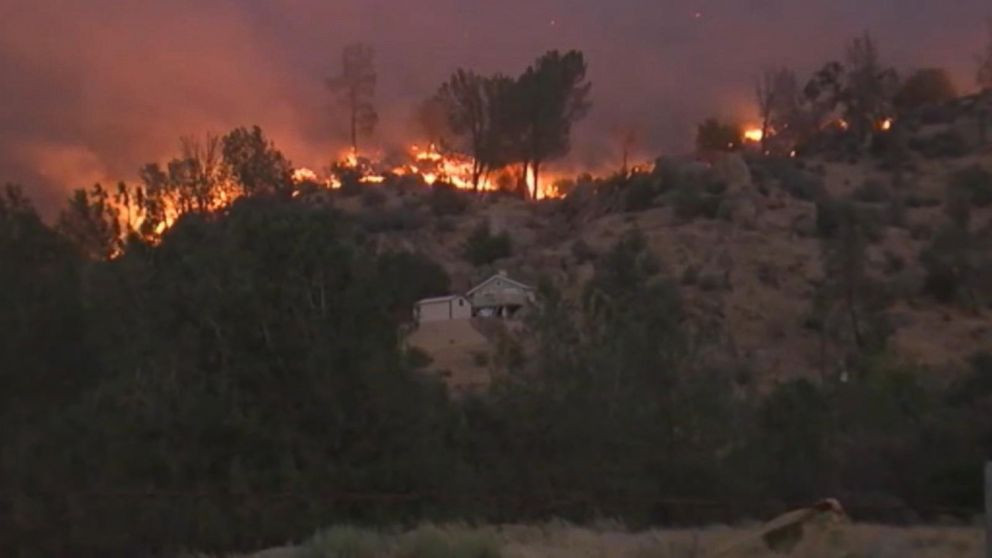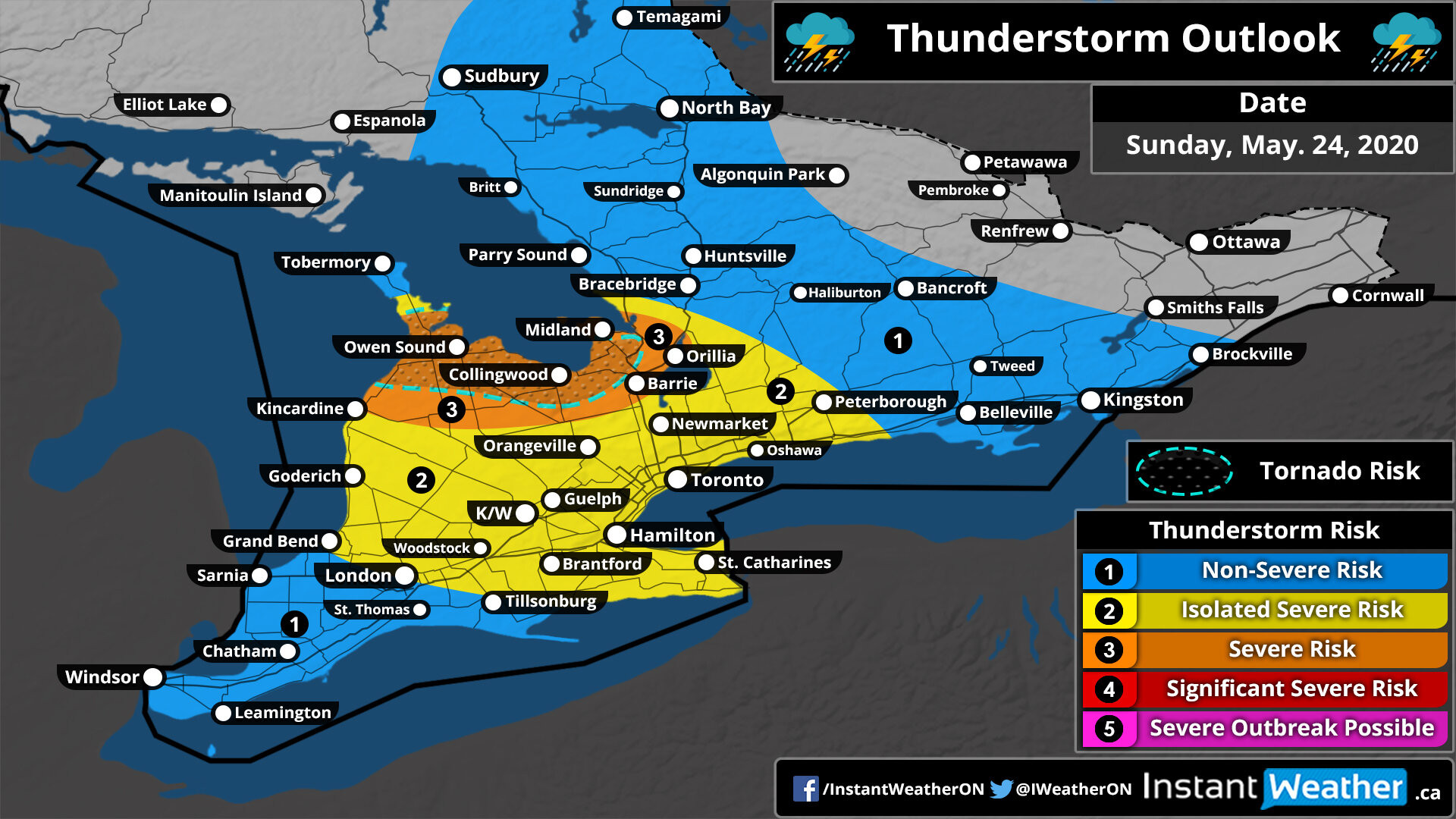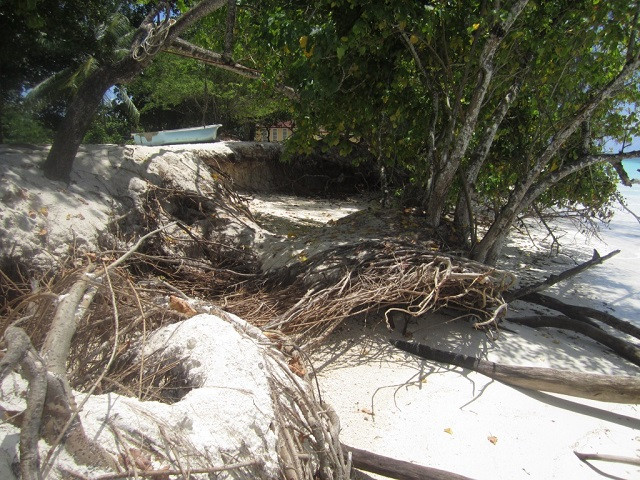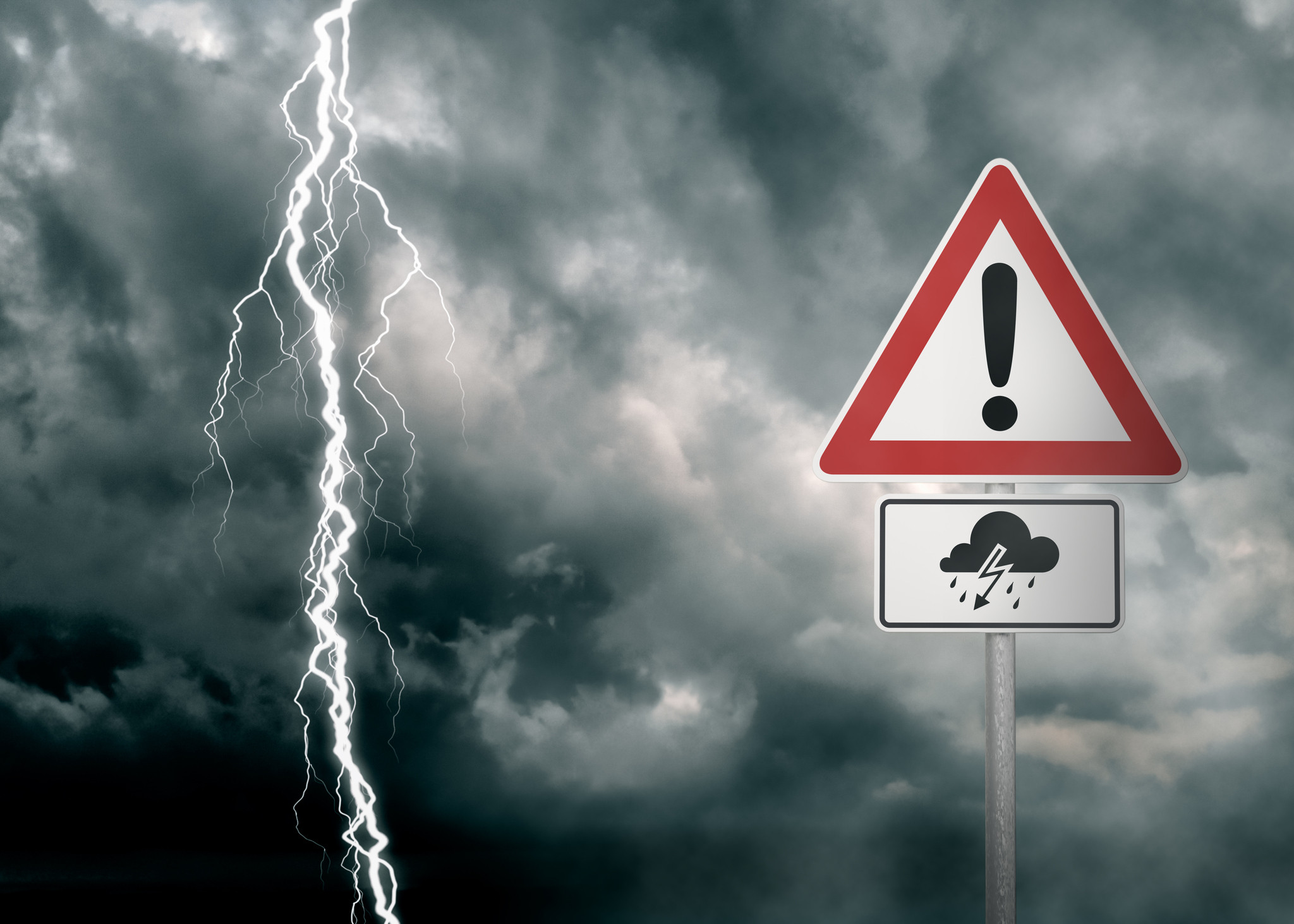Eaton Fire Ravages Southern California, Forcing Mass Evacuations
The Eaton Fire, which ignited on Tuesday evening in Altadena/Pasadena near Altadena Drive and Midwick Drive, has rapidly spread across more than 400 acres, triggering a mandatory evacuation order for 19,000 residents and evacuation warnings for an additional 22,000. This devastating wildfire poses a significant threat to approximately 8,200 structures. The fire's aggressive advance underscores the critical fire weather conditions currently gripping Southern California.
A State of Emergency and Federal Assistance
Governor Gavin Newsom swiftly declared a state of emergency, recognizing the immense scale and urgency of the situation. This declaration unlocks vital resources and support for the affected communities. Simultaneously, the state secured a Fire Management Assistance Grant (FMAG) from the Federal Emergency Management Agency (FEMA). This crucial funding, provided through the President’s Disaster Relief Fund on a cost-share basis, will help reimburse local, state, and tribal agencies for up to 75 percent of their eligible fire suppression expenses. This decisive action demonstrates California's commitment to combating this catastrophic wildfire and ensuring effective resource allocation.
Rapid Response and Resource Mobilization
In the face of this escalating crisis, California has mobilized an extensive response effort. The Governor's Office of Emergency Services (Cal OES) proactively prepositioned 65 fire engines, along with over 120 additional firefighting resources and personnel, across seven Southern California counties: Los Angeles, Orange, Santa Barbara, Ventura, Riverside, San Bernardino, and San Diego. CAL FIRE also swiftly deployed 45 additional engines and six hand crews to reinforce the firefighting efforts in these affected regions. The coordinated and rapid deployment of resources reflects the gravity of the situation and the state's determination to combat the fire's spread effectively.
The Urgency of Extreme Fire Weather
The Eaton Fire's rapid spread is directly linked to the extreme fire weather conditions currently affecting much of Southern California. These life-threatening winds and heightened fire risk necessitate unwavering vigilance and adherence to instructions from local authorities. Californians are urged to remain alert and prepared, and to utilize available resources for disaster preparedness, such as those offered at ready.ca.gov. The extreme weather conditions are anticipated to persist through Thursday, maintaining an elevated risk of further fire outbreaks.
Ongoing Response and Community Support
The ongoing efforts focus on containing the fire's spread, protecting lives and property, and supporting those displaced by the evacuations. Authorities continue to monitor the situation closely, adjusting response strategies as needed. The state remains committed to providing the necessary resources to ensure the safety and well-being of all those affected. The outpouring of community support is vital during this time, and individuals are encouraged to help where possible, adhering to guidelines and directives from local authorities.
Looking Ahead: Recovery and Resilience
While the immediate focus remains on suppressing the Eaton Fire, attention will inevitably turn to the long road to recovery. Rebuilding communities, addressing the environmental impacts, and fostering resilience will require sustained efforts from all stakeholders. The scale of the destruction necessitates a comprehensive approach, integrating immediate relief efforts with long-term planning for the restoration and reinforcement of the affected areas. The lessons learned from this devastating event will undoubtedly inform future wildfire mitigation strategies and emergency response protocols, emphasizing preparedness and community resilience in the face of future challenges. The future holds challenges that demand ongoing vigilance and preparedness. We must learn from this experience.
The ongoing situation underscores the urgent need for ongoing disaster preparedness and community resilience in the face of future threats. It is crucial to remain informed and prepared for potential emergencies.

















